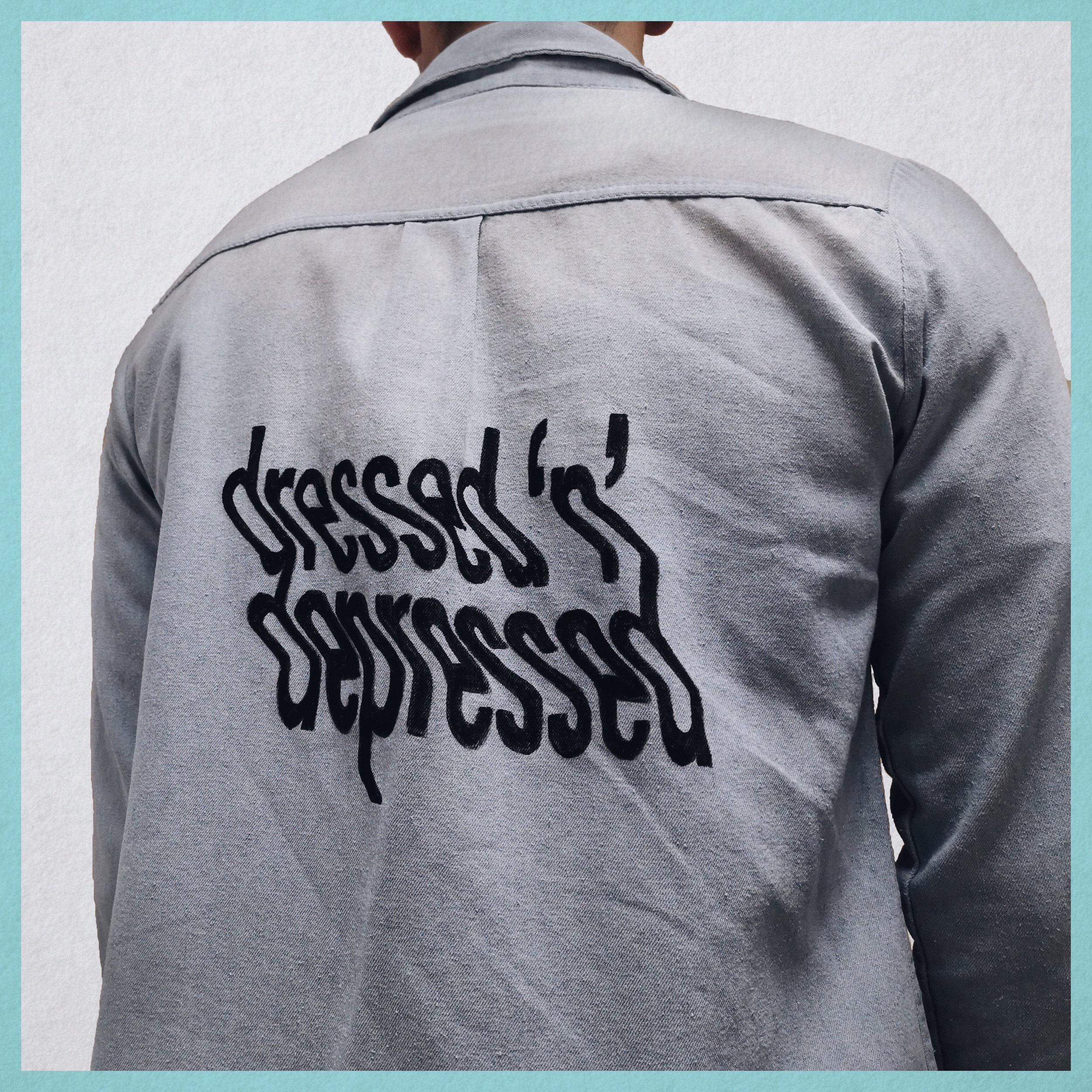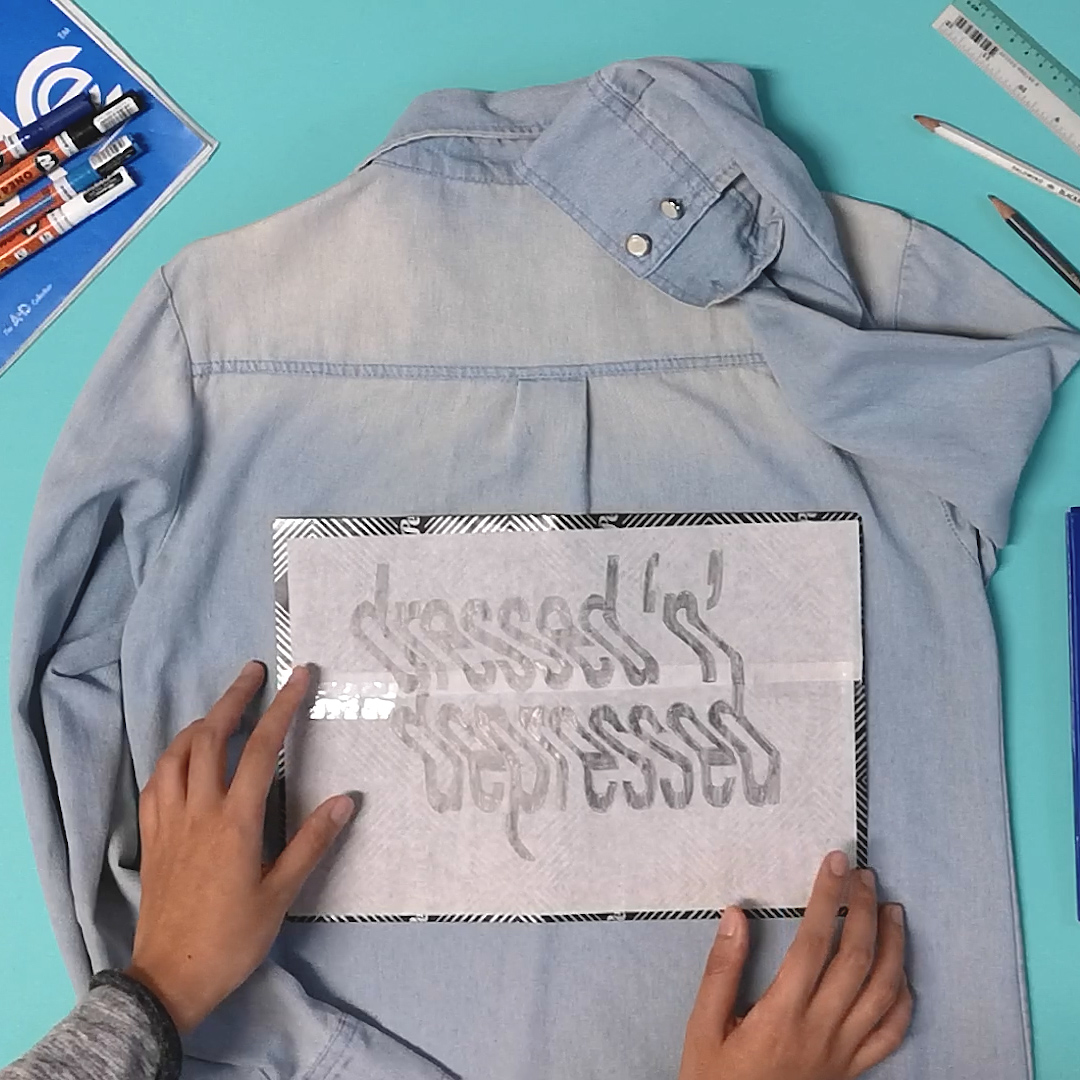Today, let’s talk about money. I’ve recently binge-watched the whole two seasons of la casa de papel (money heist @lacasadepapeltv) on @netflix and read the book, ‘You are a badass at making money’ by Jen Sincero (@jensincero).
Here’s what I’ve learnt from Jen Sincero’s book: “You’re a badass at making money” -
1. This is muy importante - money is just a piece of paper. It represents an exchange of fixed value. Tear it up, and it’s worthless. Relationships matter more, they’re priceless. (Ps. I learnt point 1 from watching La Casa De Papel, and is the only exception here. The rest of the points below are what I learn from the book.)
2. Faith and belief are more powerful than you think. They subconsciously guide your actions and you can choose to be a victim of your situation or own up to how you perceive em.
3. You’ve a gift and purpose that’s waiting to be discovered. There’s a road map for you to get there. You just have to keep walking and try not to get lost.
4. They say you’re a result of the 5 people you spend most with. And the person you spend the most time with is you.
5. This is too iconic, I just have to quote Jen Sincero straight up - ‘Badassery badassifies’. (*Brb I’m adding these to my vocabulary)
6. You have to risk looking stupid and discomfort is good for you.
7. People who had it harder than you have done miraculous things with their lives. Success is not about where you’re at, it’s about where and who you decide you’re going to be.
8. How you think of yourself matters more than what others think of you.
Hopefully these helped you in some way - whether it's clarity or affirmation, you do you! Lemme know your thoughts, I’m always open for a chat ✨
Much love,
Leah















